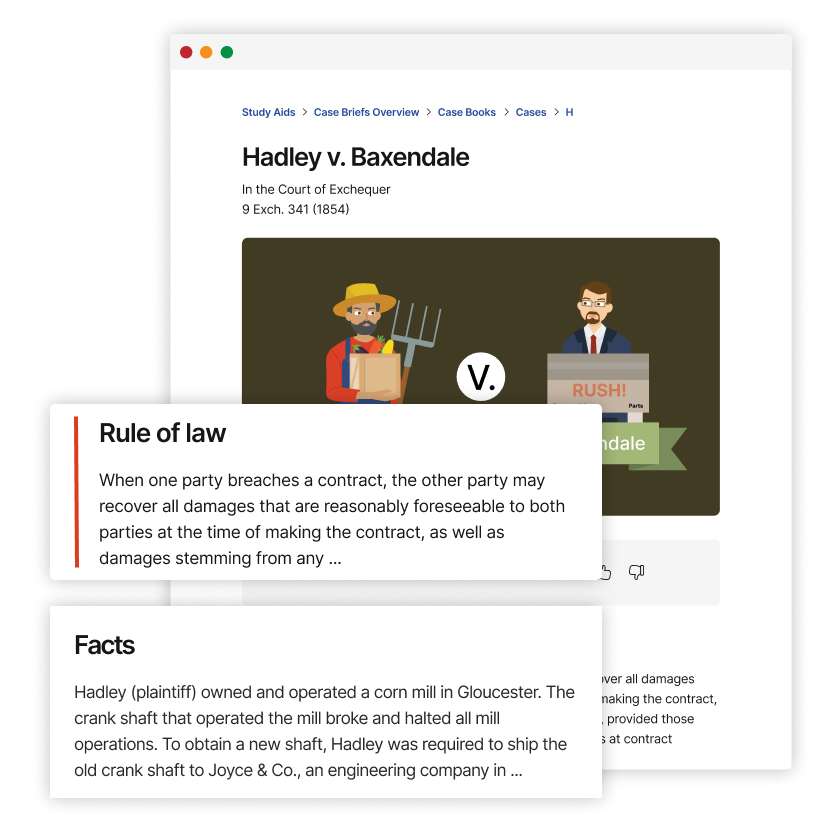Bilt-Rite Contractors, Inc.
Pennsylvania Supreme Court
581 Pa. 454 (2005)

- Written by Katrina Sumner, JD
Facts
A school district in Pennsylvania entered into a contract with The Architectural Studio (the architect) (defendant) to provide architectural designs for a new school. The architect provided plans, drawings, and the necessary specifications. The architect’s plans called for the provision of certain features that it claimed could be constructed using common construction methods and means and standard design tables used in construction. The school district provided the architect’s architectural plan to companies when it solicited contractor bids to build the new school. Bilt-Rite Contractors, Inc. (Bilt-Rite) (plaintiff) relied on the architect’s designs and specifications when it placed its winning bid to construct the school. However, Bilt-Rite discovered that the architect’s plan contained a misrepresentation such that certain features could not be constructed using common construction methods and means and standard design tables. As a result, Bilt-Rite endured significantly higher construction costs than it should have. Bilt-Rite filed suit against the architect for negligent misrepresentation pursuant to § 552 of the Restatement (Second) of Torts, requesting damages for the additional construction expenses. The architect filed preliminary objections asserted in a demurrer, arguing that the economic-loss doctrine barred Bilt-Rite’s claim for purely economic damages. The architect also asserted that the architect did not owe a duty to Bilt-Rite, given the fact that there was no contractual relationship between them. The architect and Bilt-Rite each had a contract with the school district, but not with each other. The architect’s preliminary objections were sustained, and the trial court dismissed Bilt-Rite’s complaint. Bilt-Rite appealed, and an appellate court affirmed. The Pennsylvania Supreme Court (the court) granted review to consider a question of first impression: whether a tort claim for negligent misrepresentation in a context in which there was no privity between an architect and a contractor was viable. The court determined that Bilt-Rite’s claim established the elements of negligent misrepresentation. However, the court had not specifically adopted § 552.
Rule of Law
Issue
Holding and Reasoning (Castille, J.)
What to do next…
Here's why 899,000 law students have relied on our case briefs:
- Written by law professors and practitioners, not other law students. 47,000 briefs, keyed to 994 casebooks. Top-notch customer support.
- The right amount of information, includes the facts, issues, rule of law, holding and reasoning, and any concurrences and dissents.
- Access in your classes, works on your mobile and tablet. Massive library of related video lessons and high quality multiple-choice questions.
- Easy to use, uniform format for every case brief. Written in plain English, not in legalese. Our briefs summarize and simplify; they don’t just repeat the court’s language.




